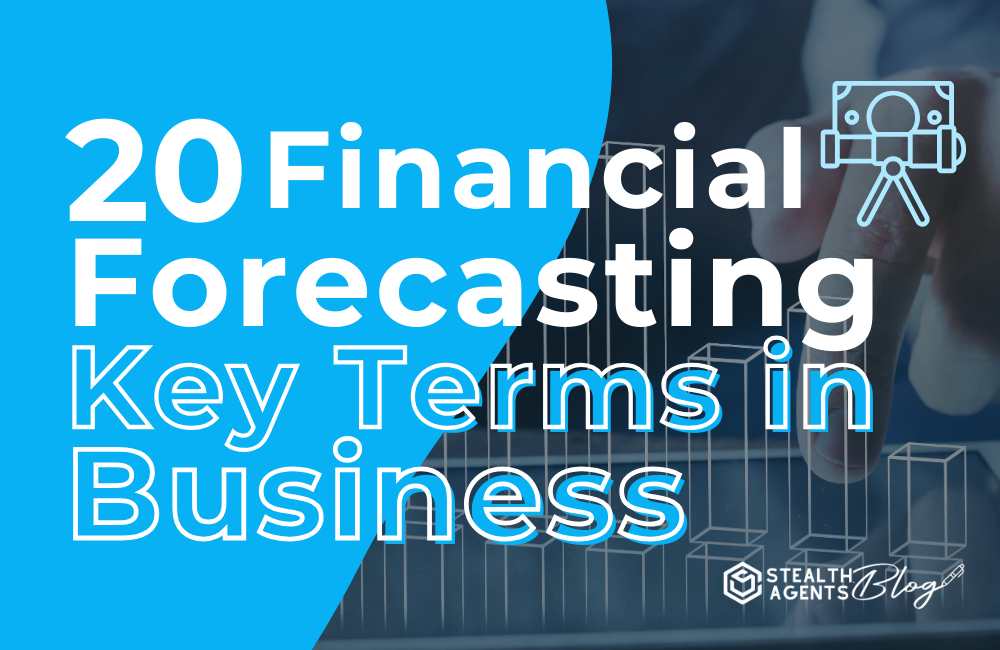20 Financial Forecasting Key Terms in Business
Welcome to our guide on financial forecasting key terms in business! If you’re new to the world of finance, this may seem like a daunting topic. But fear not, we will break down these key terms in a conversational and easy-to-understand manner.
-
Financial Forecasting: The process of estimating or predicting how a business will perform in the future.
-
Revenue Forecasting: Estimating future revenue over a specific period, based on historical data and analysis.
-
Expense Forecast: Projecting future costs and expenses of a business over a specified period.
-
Cash Flow Forecasting: Predicting the amount of money that will flow in and out of the business, including both revenues and expenses.
-
Budget: A detailed financial plan for a specific period that includes estimated revenues and expenses.
-
Variance Analysis: The process of comparing actual financial results with those forecasted and analyzing the reasons for any differences.
-
Pro Forma Financial Statements: Financial statements based on hypothetical scenarios or assumptions.
-
Break-Even Analysis: Calculating the point at which revenue equals the costs associated with earning that revenue.
-
Scenario Planning: The process of creating and analyzing various possible future states of the market or company.
-
Sensitivity Analysis: A technique used to determine how different values of an independent variable will impact a particular dependent variable under a given set of assumptions.
-
Capital Expenditure (CapEx) Forecast: Predicting future capital expenditures required to maintain or grow the business.
-
Operating Expense (OpEx) Forecast: Estimating the costs required for the day-to-day functioning of the business.
-
Sales Forecasting: The process of estimating future sales volumes over a given period.
-
Balance Sheet Forecasting: Projecting the future financial position of a company, showing expected assets, liabilities, and equity.
-
Income Statement Forecasting: Estimating future income, expenses, and profits over a specific time period.
-
Rolling Forecast: A type of forecast which is continuously updated as new data becomes available.
-
Discounted Cash Flow (DCF): A valuation method used to estimate the value of an investment based on its expected future cash flows.
-
Economic Indicators: Statistics about economic activities that help forecast future financial performance.
-
Financial Modeling: The process of creating a summary of a company’s expenses and earnings in the form of a spreadsheet that can be used to calculate the impact of a future event or decision.
-
Top-Down & Bottom-Up Forecasting: Top-down involves making macro-level forecasts and then breaking them down, while bottom-up starts at the micro-level and aggregates them.
Understanding these terms is crucial for anyone involved in business finance, as they are foundational to making informed and strategic financial decisions and predictions about a company’s future.









